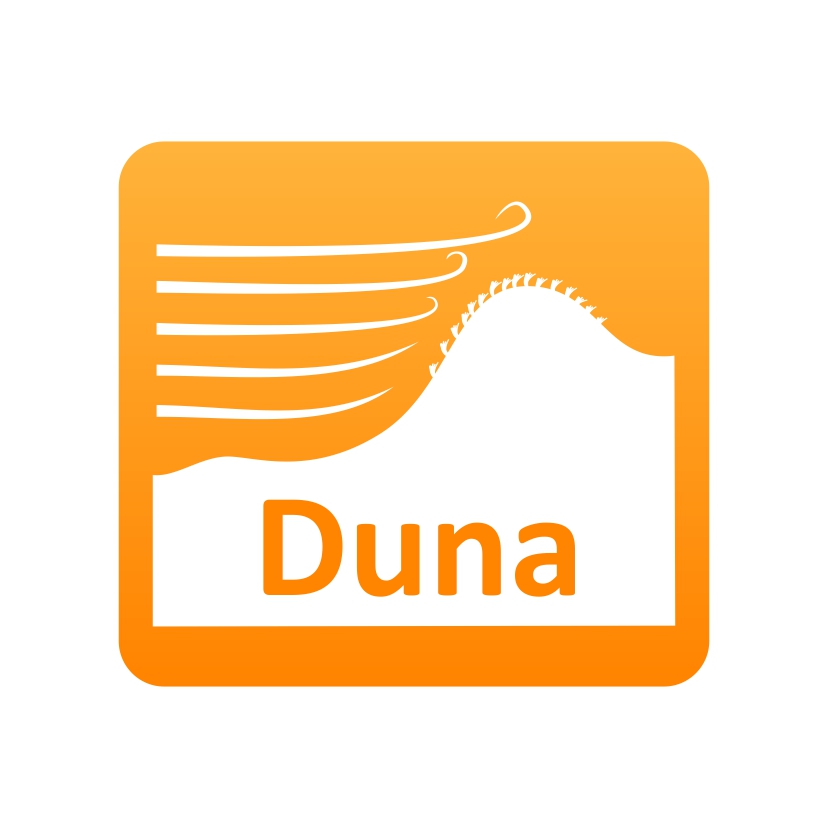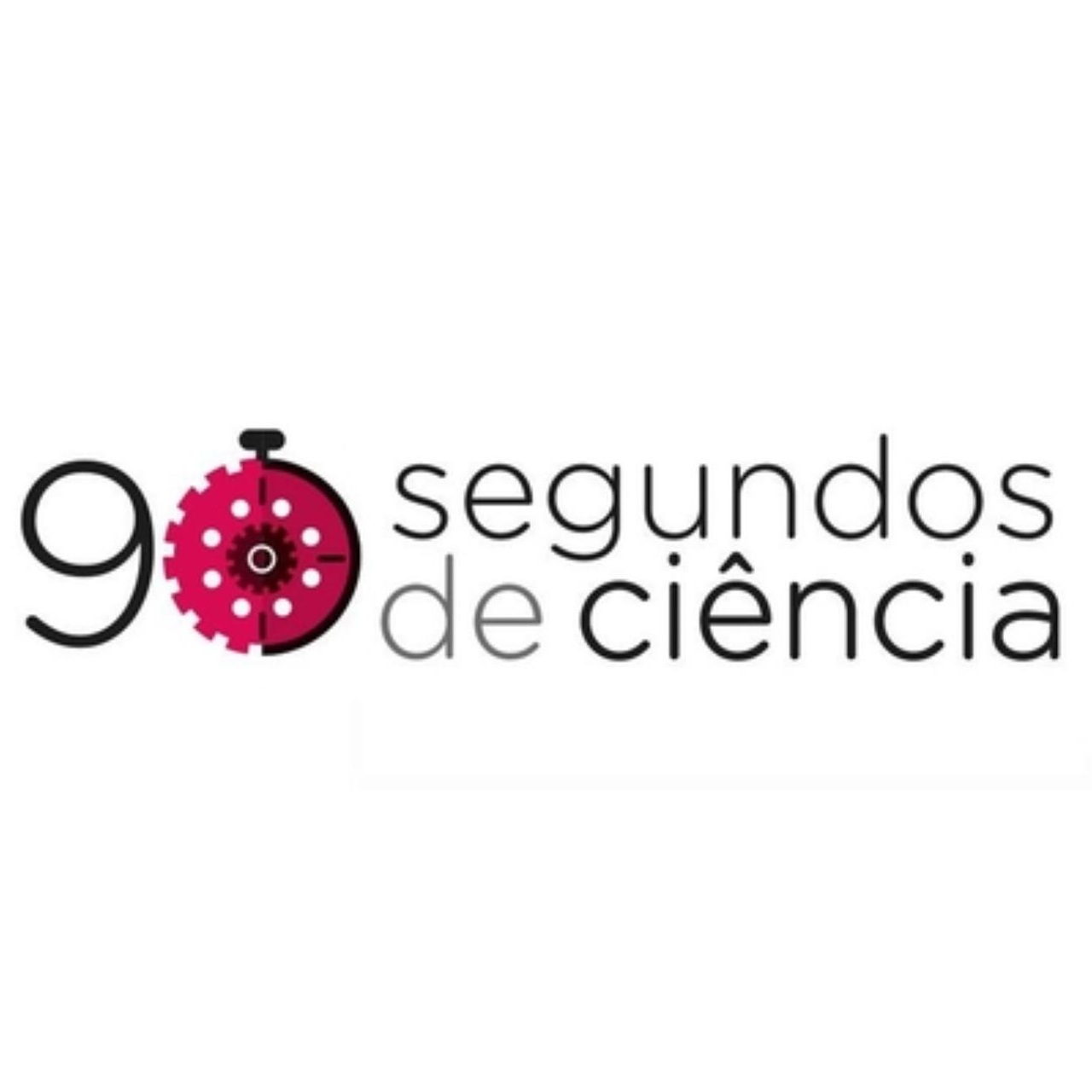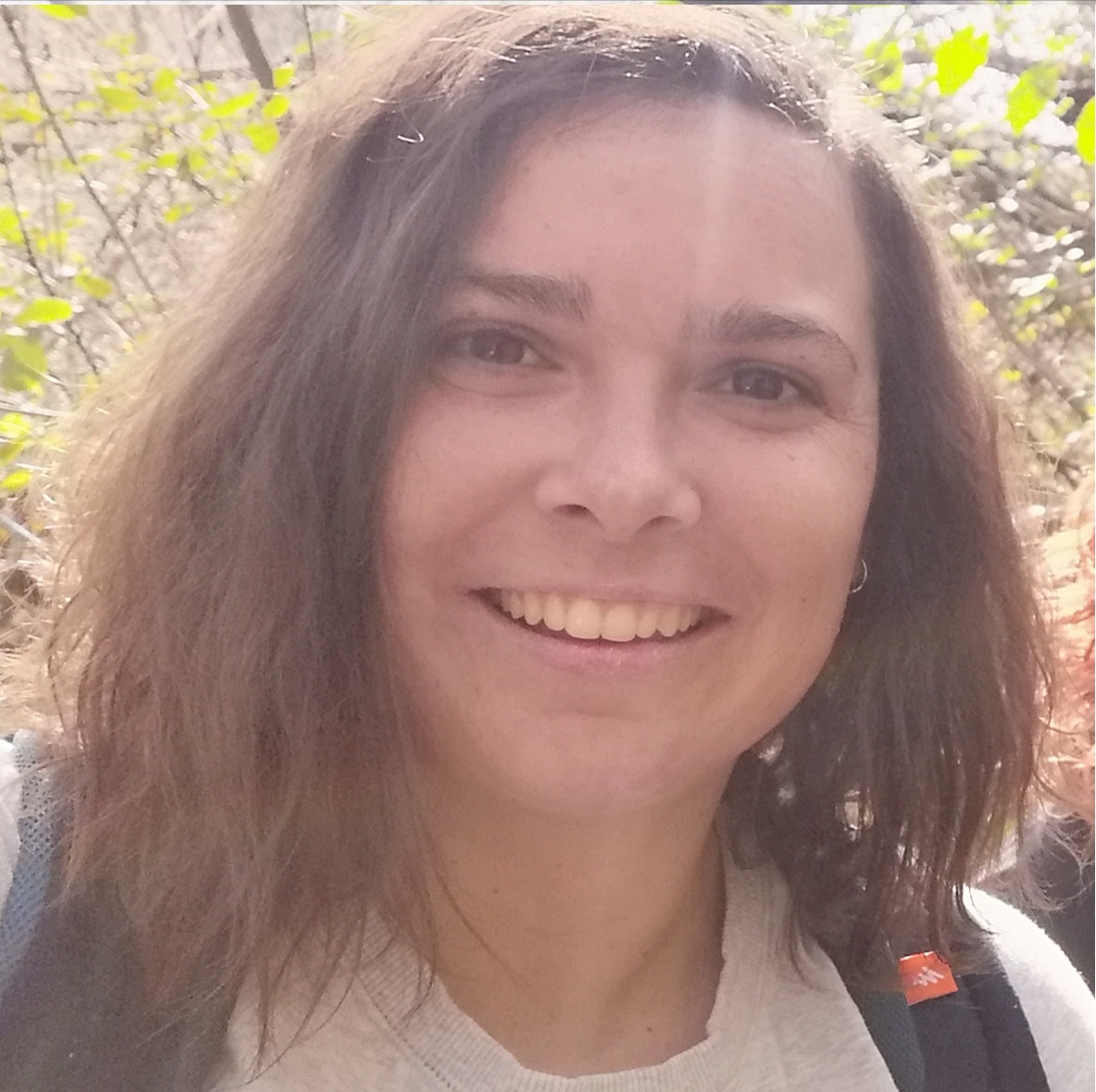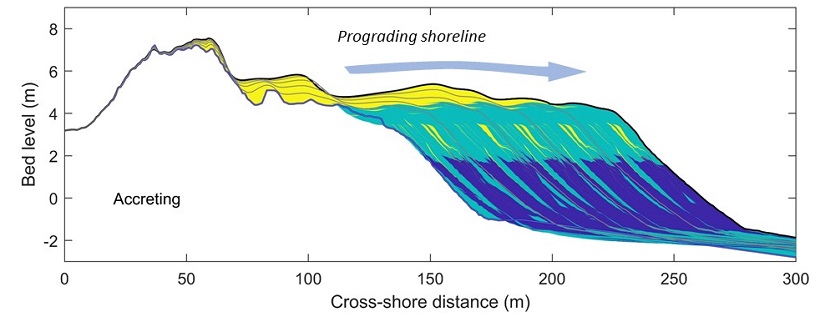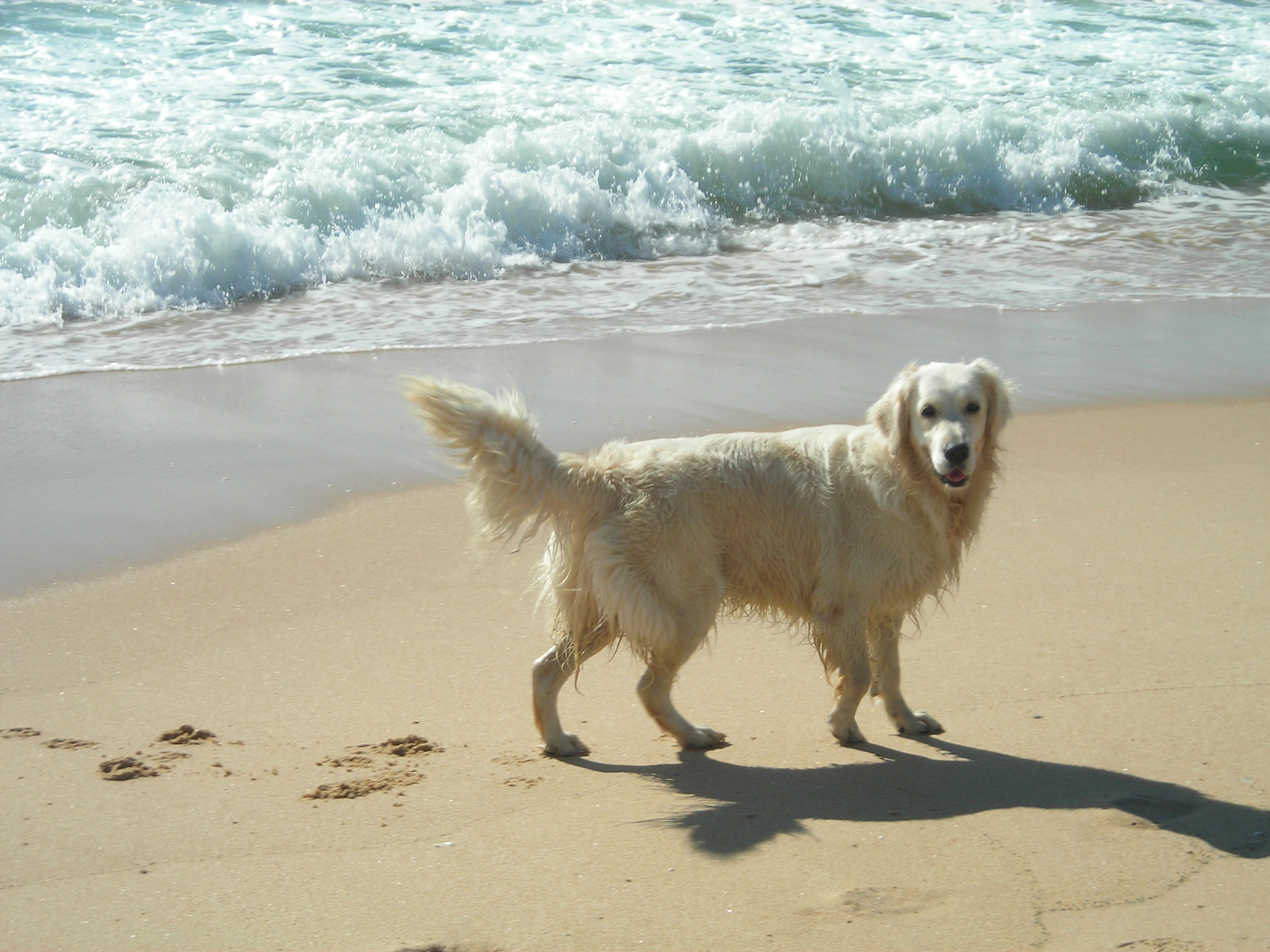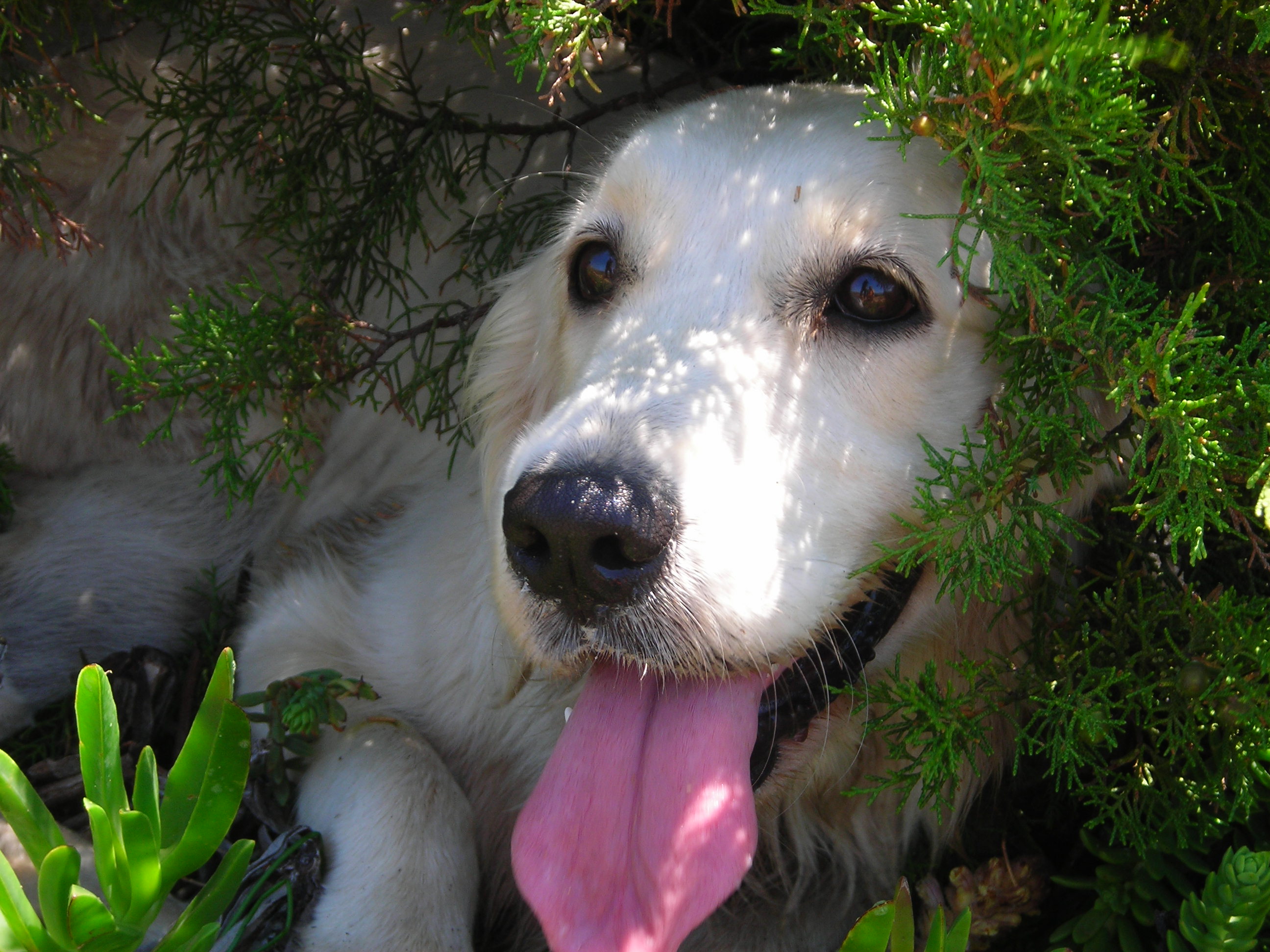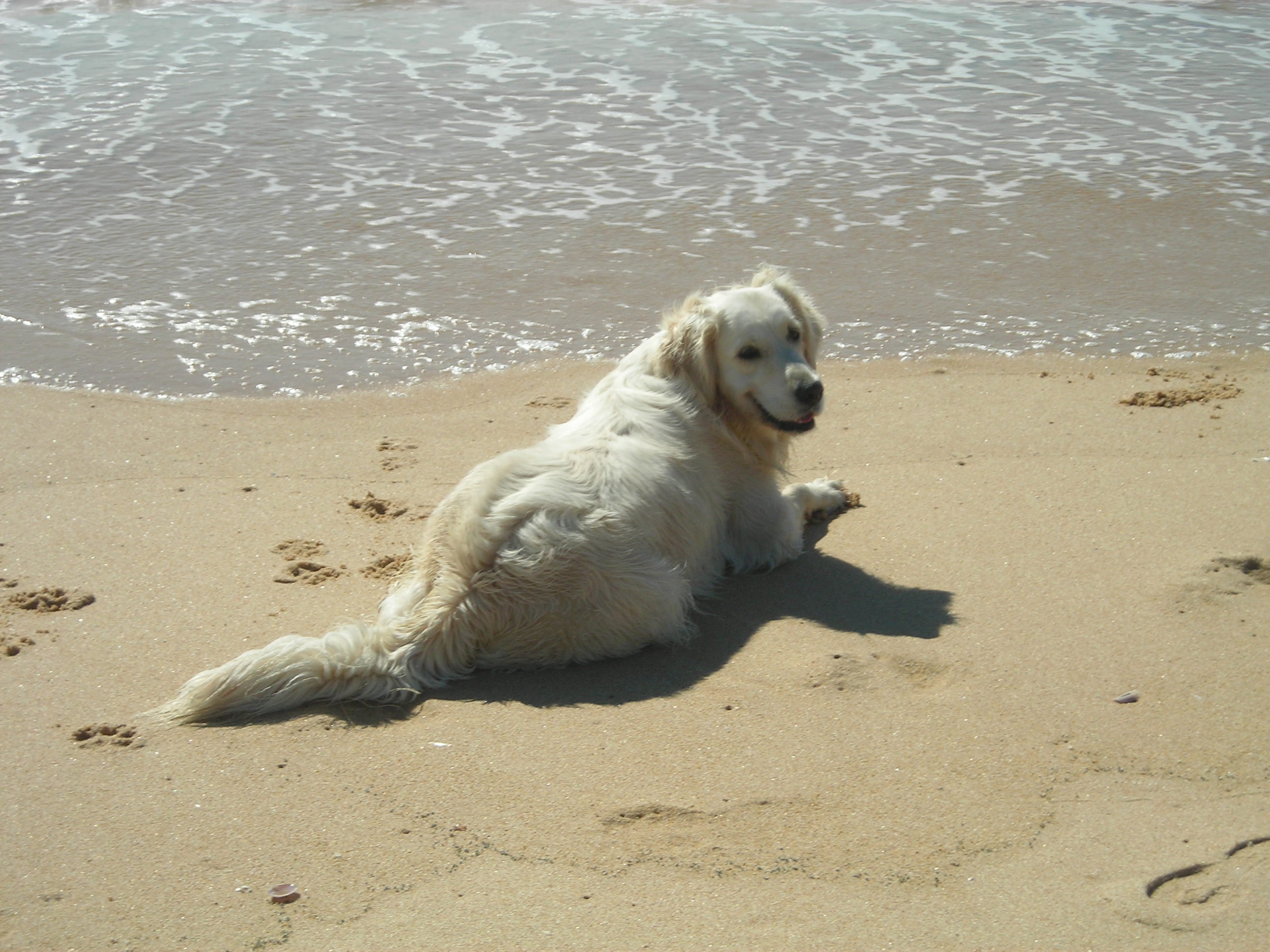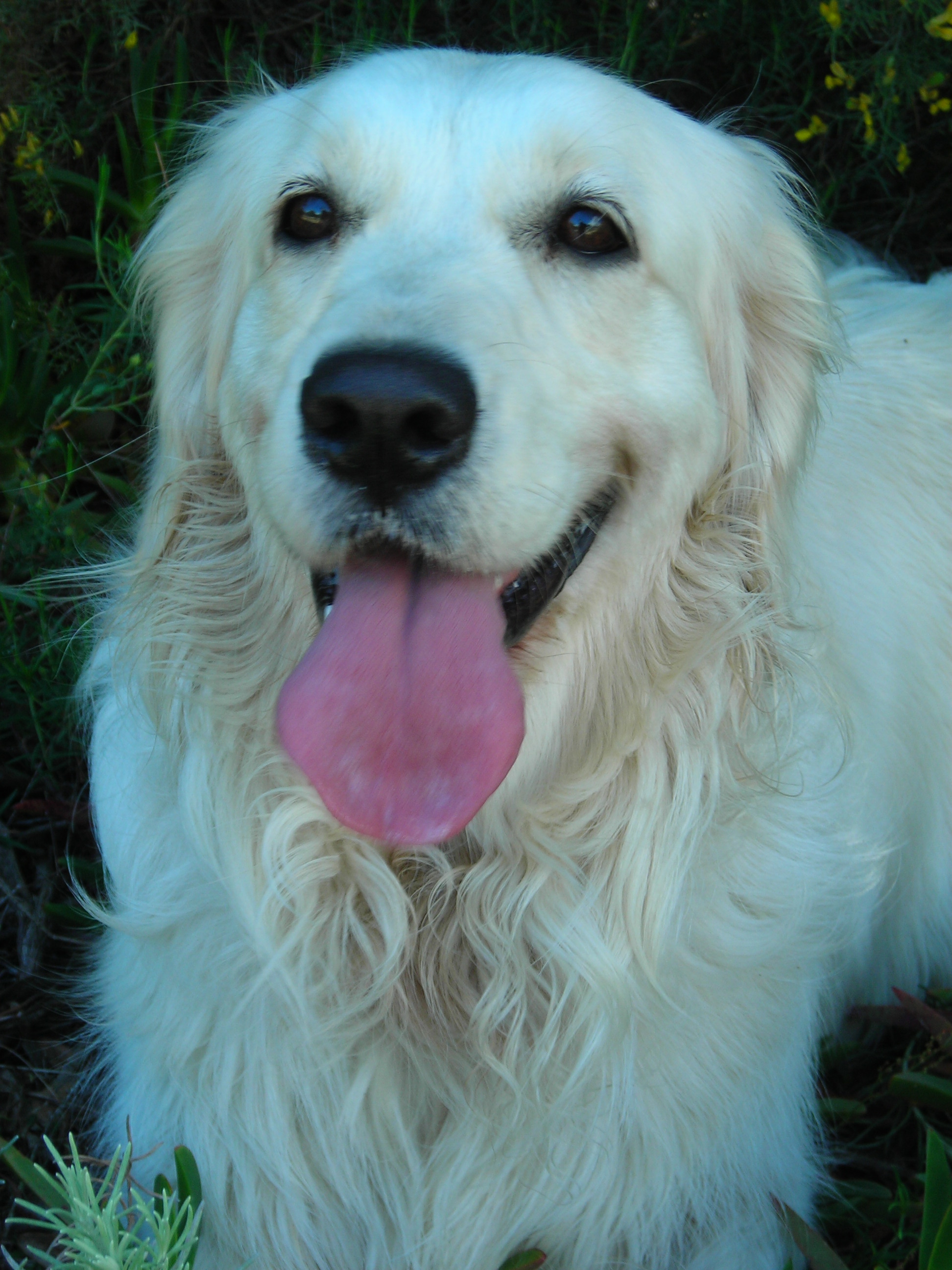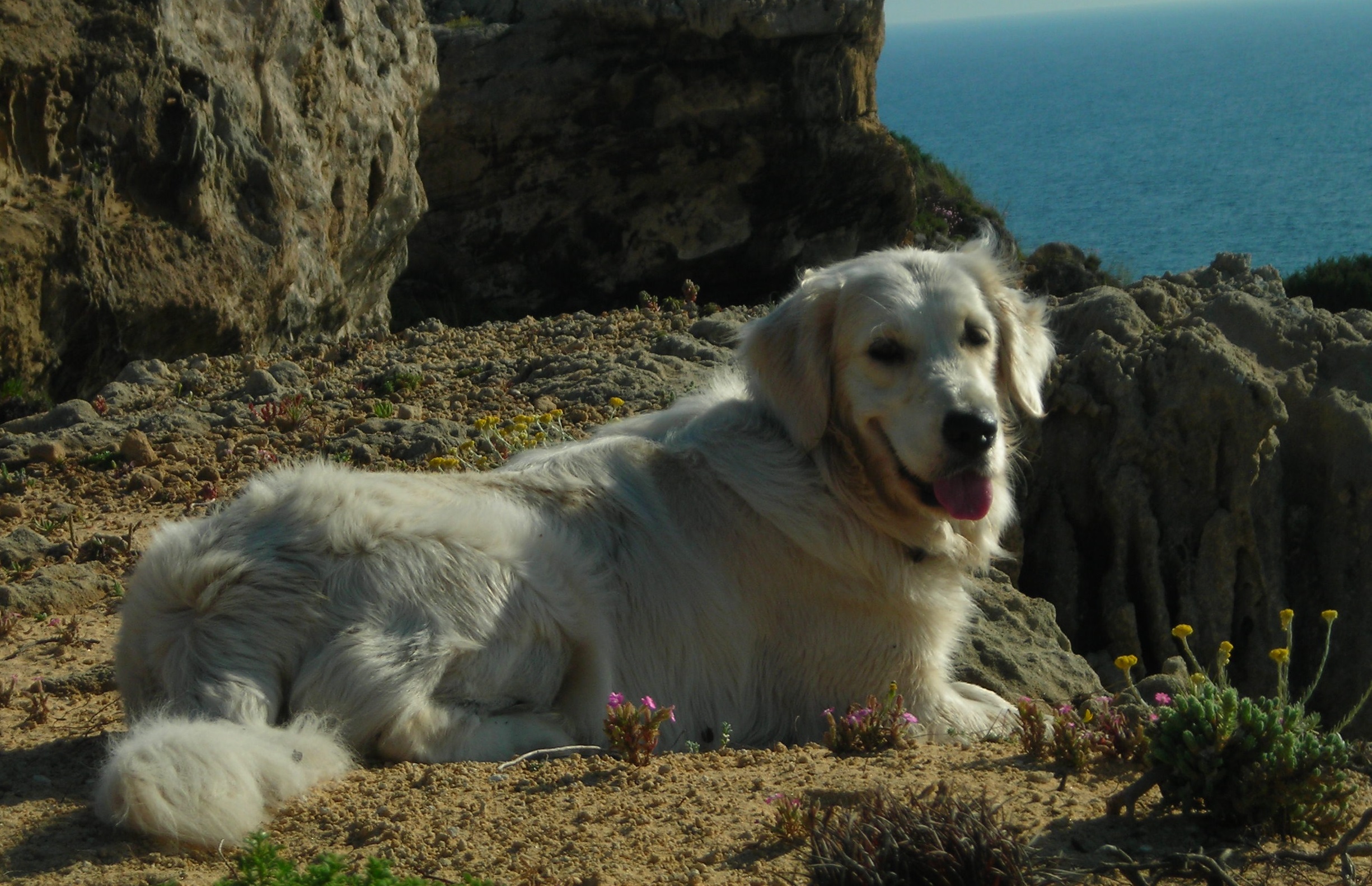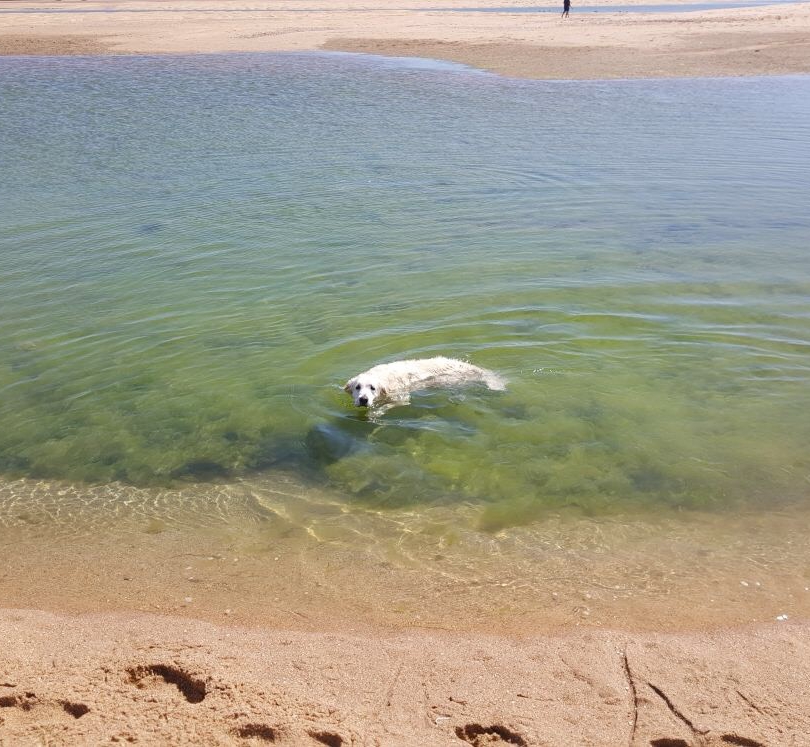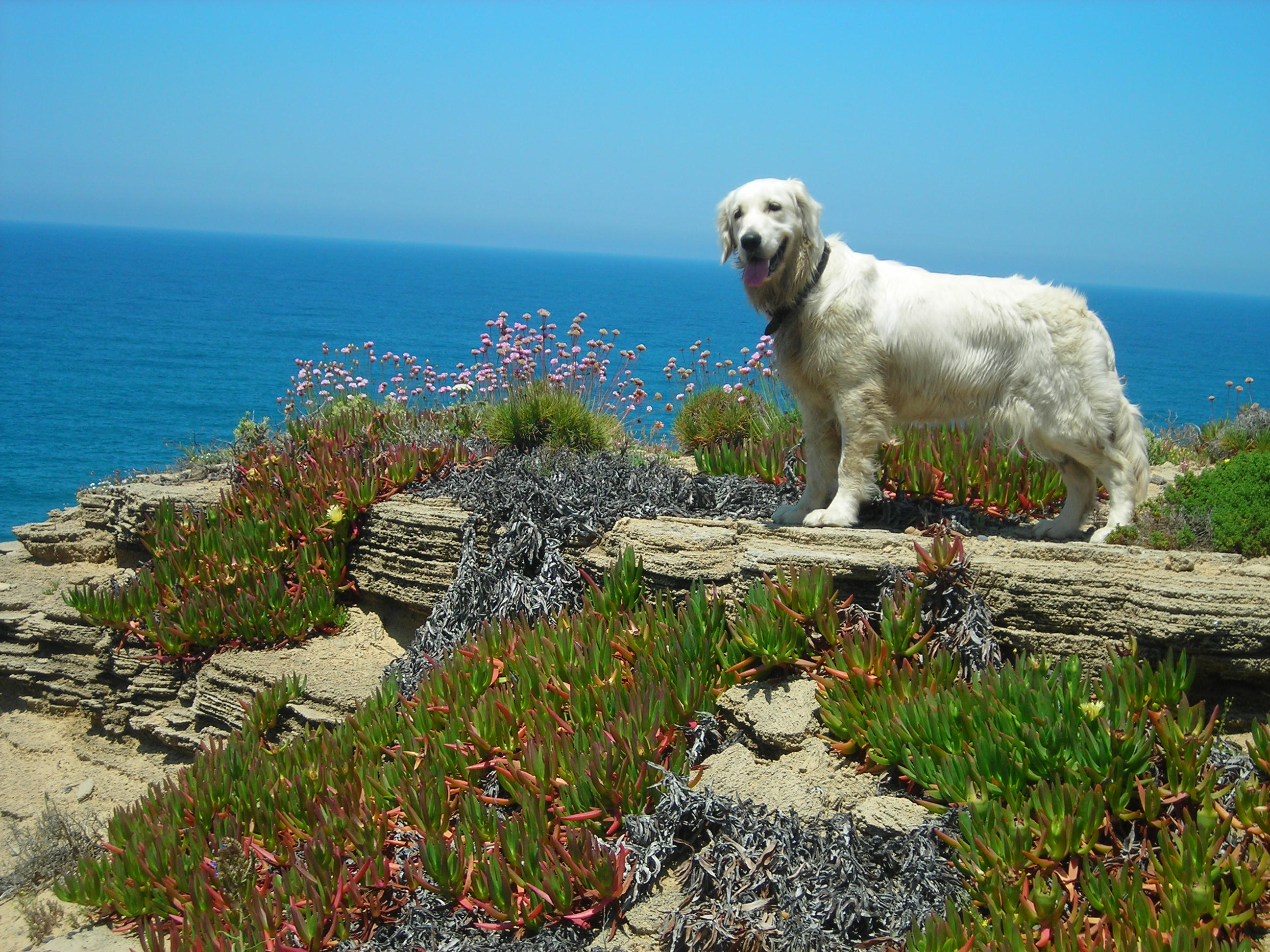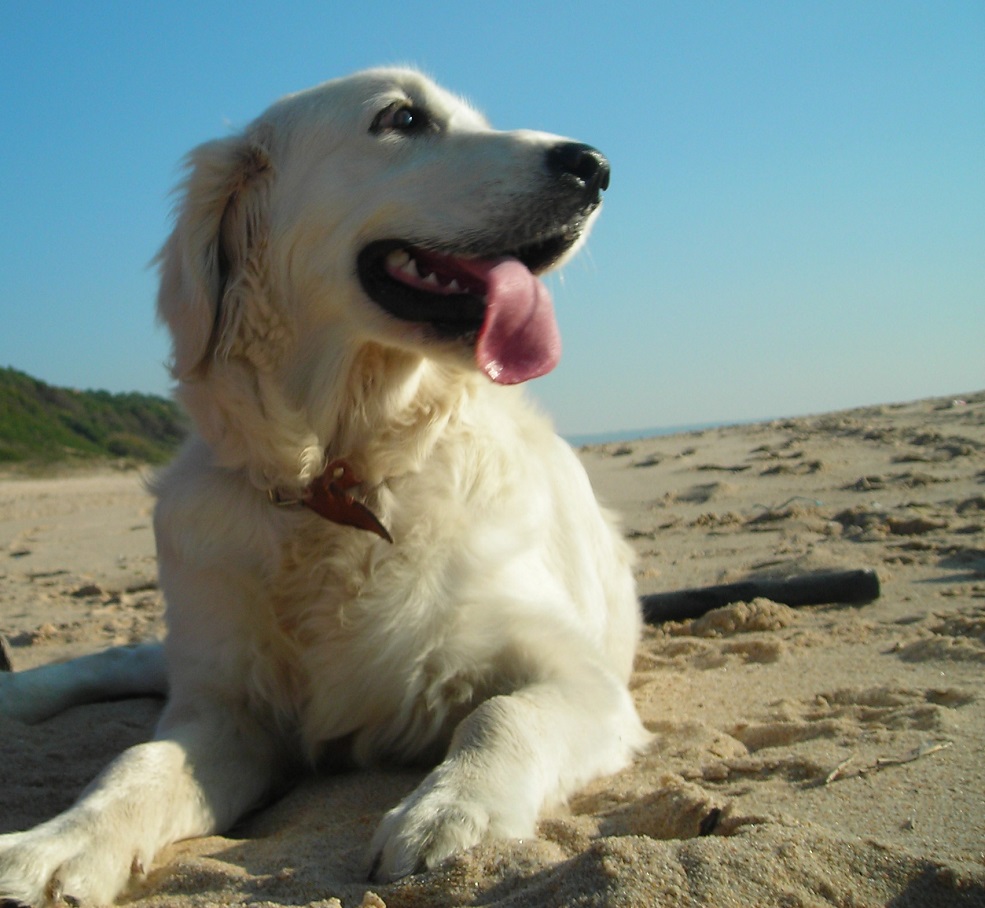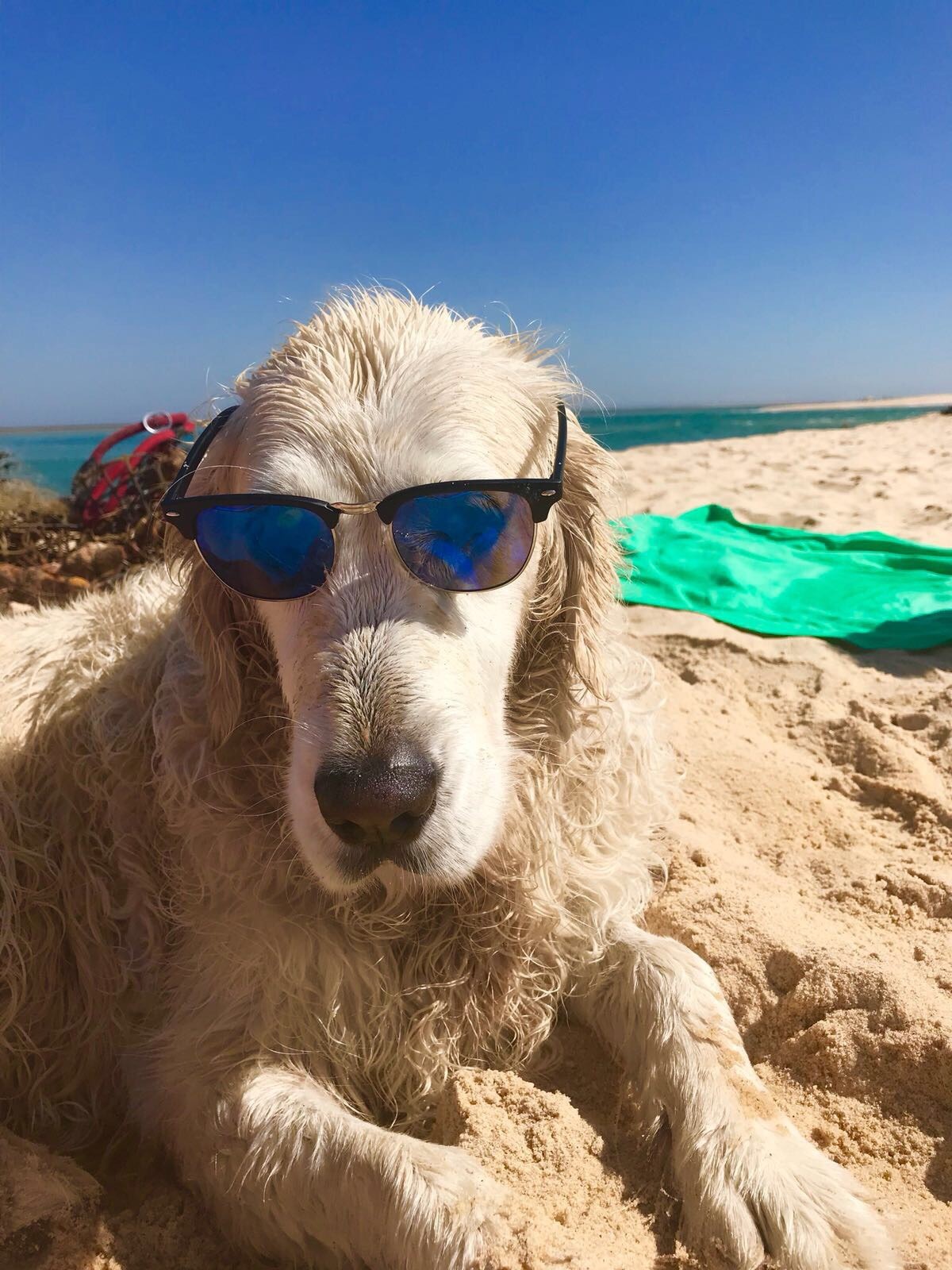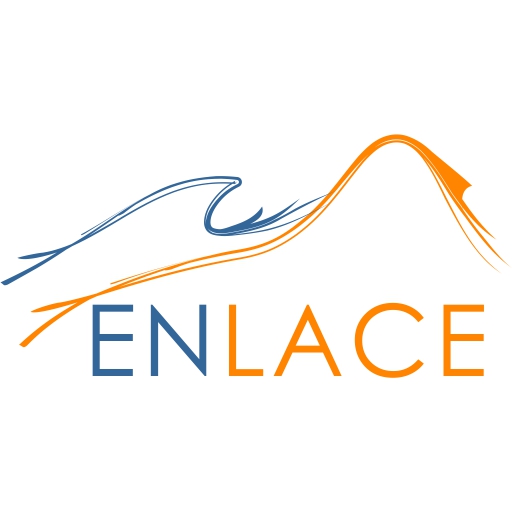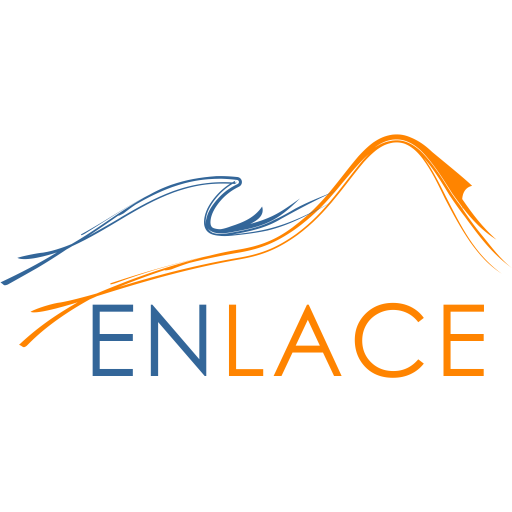New journal publication on aeolian dune morphodynamics
Kombiadou, K., Costas, S., & Roelvink, D. (2023). Exploring controls on coastal dune growth through a simplified model. Journal of Geophysical Research: Earth Surface, 128, e2023JF007080. https://doi.org/10.1029/2023JF007080
Abstract: We employ Duna, a simplified 1D morphodynamic model, to assess the influence of dune morphology (height and slope) on sand transfer and deposition across the dune profile for different beach widths and wind incidence angles through idealized experiments. Simulations of real conditions show good model performance, both in wind flow reproduction and in topographic change along the dune profiles tested. The idealized experiments show that wind speed increases and sand accumulation decreases logarithmically with dune height and linearly with stoss slope along the dune profile. Fetch and cosine transport limiting parameters are reflected in the sand accumulated windwards from the toe, while sand transfer to the dune appears controlled by multiple factors; the higher the dune and/or the narrower the beach, the likelier that maximum accumulation occurs under oblique winds. Results point to two different types of evolution for high dunes. Either the vegetation is dense enough to maintain the stoss position, in which case vertical growth near-ceases and seaward progradation is promoted, or the stoss is eroded and landward retreat dominates, in which case sand transfer to the crest and lee continues as a mixture of low input from the beach and recycled sand from the stoss.
